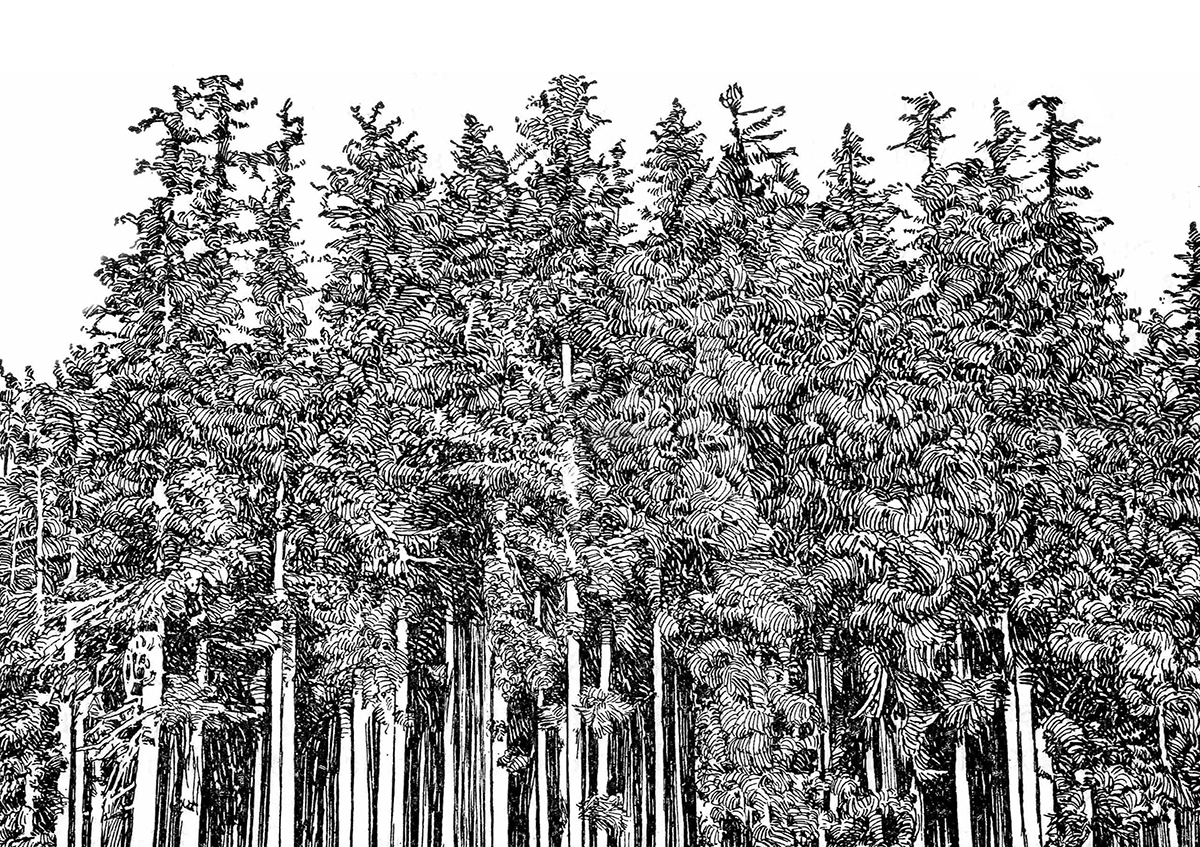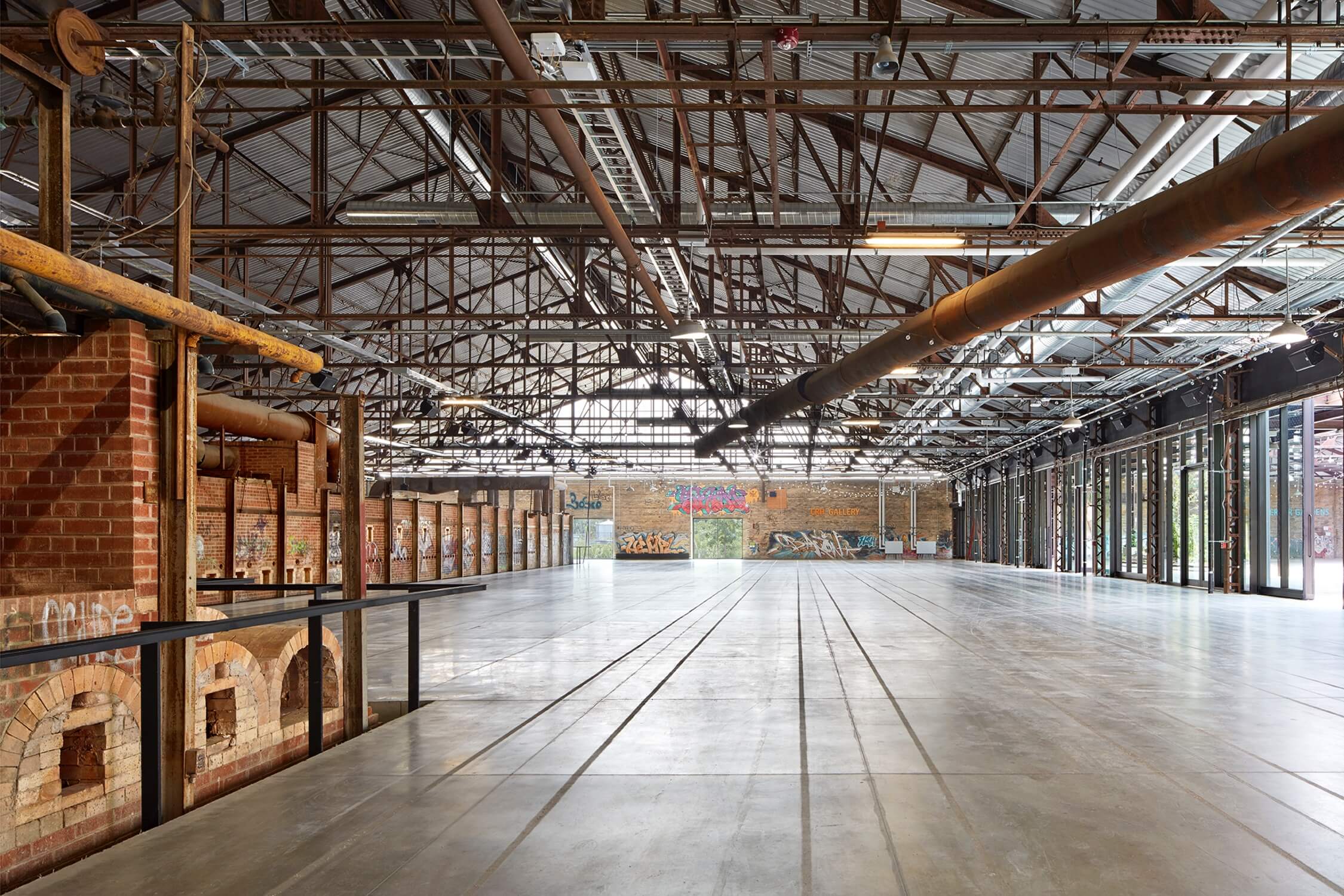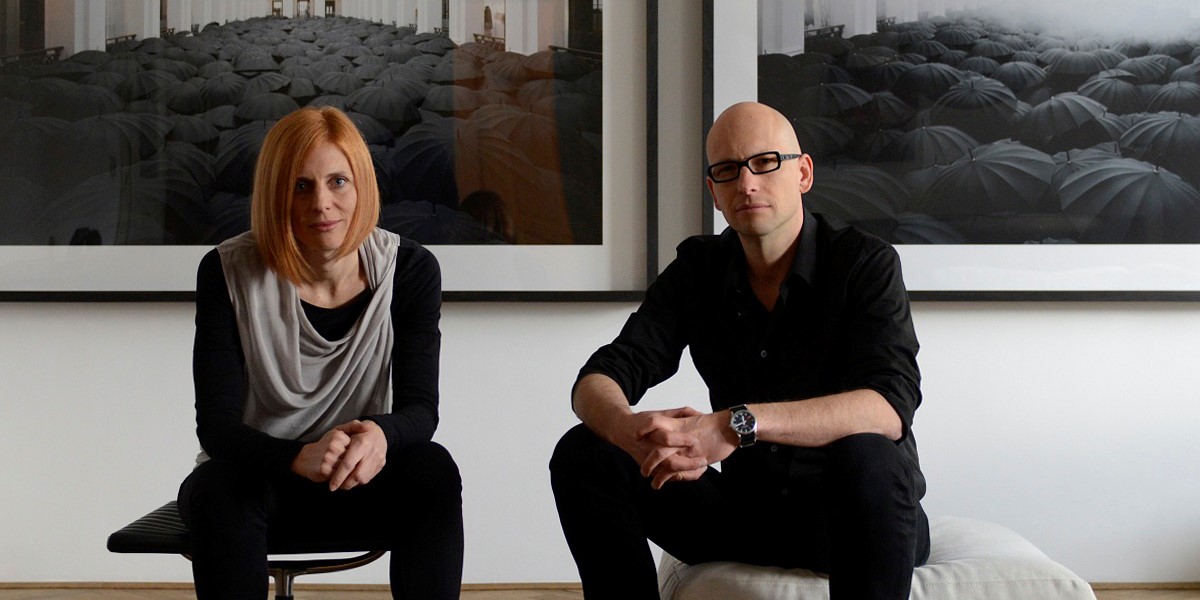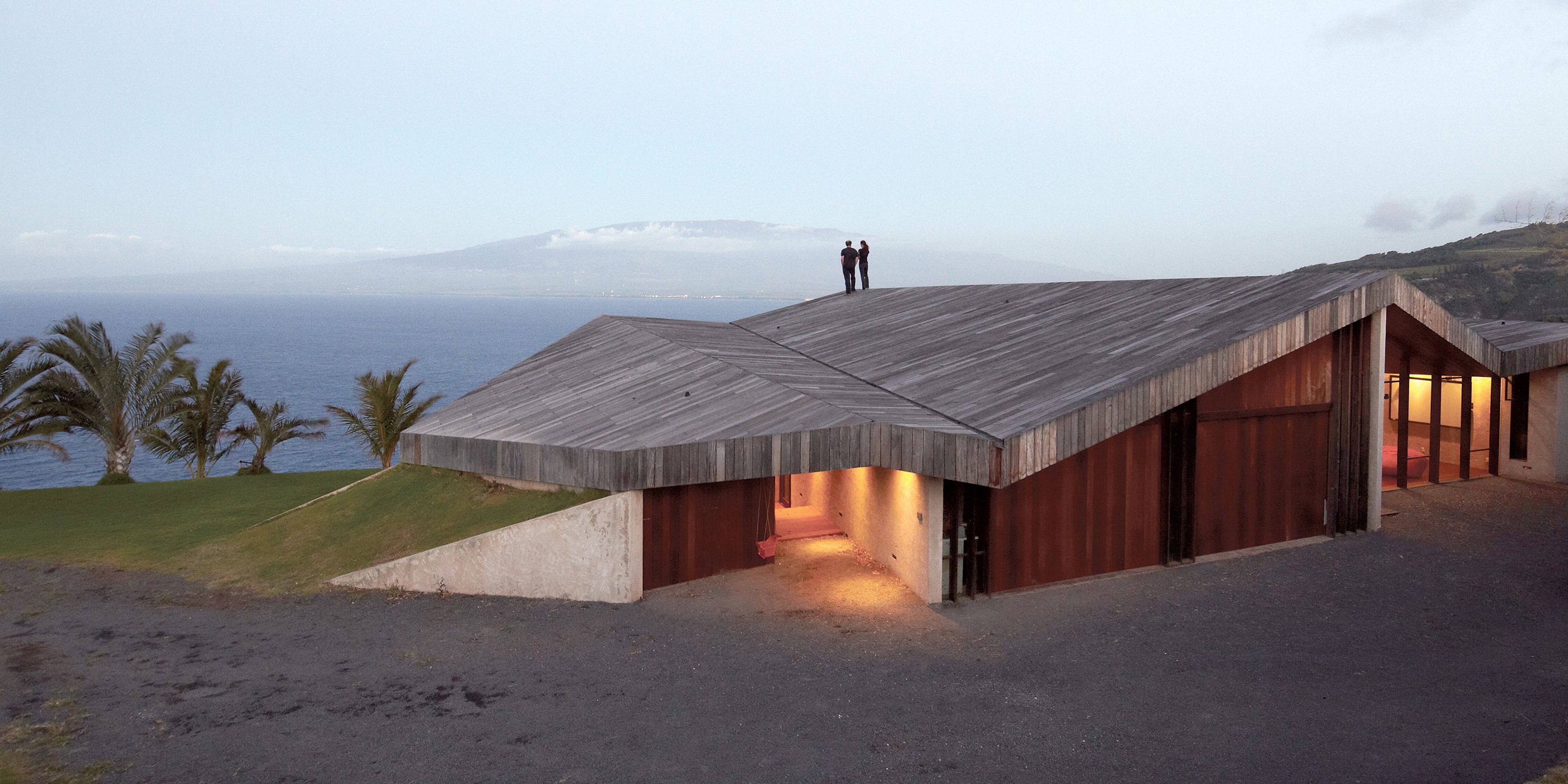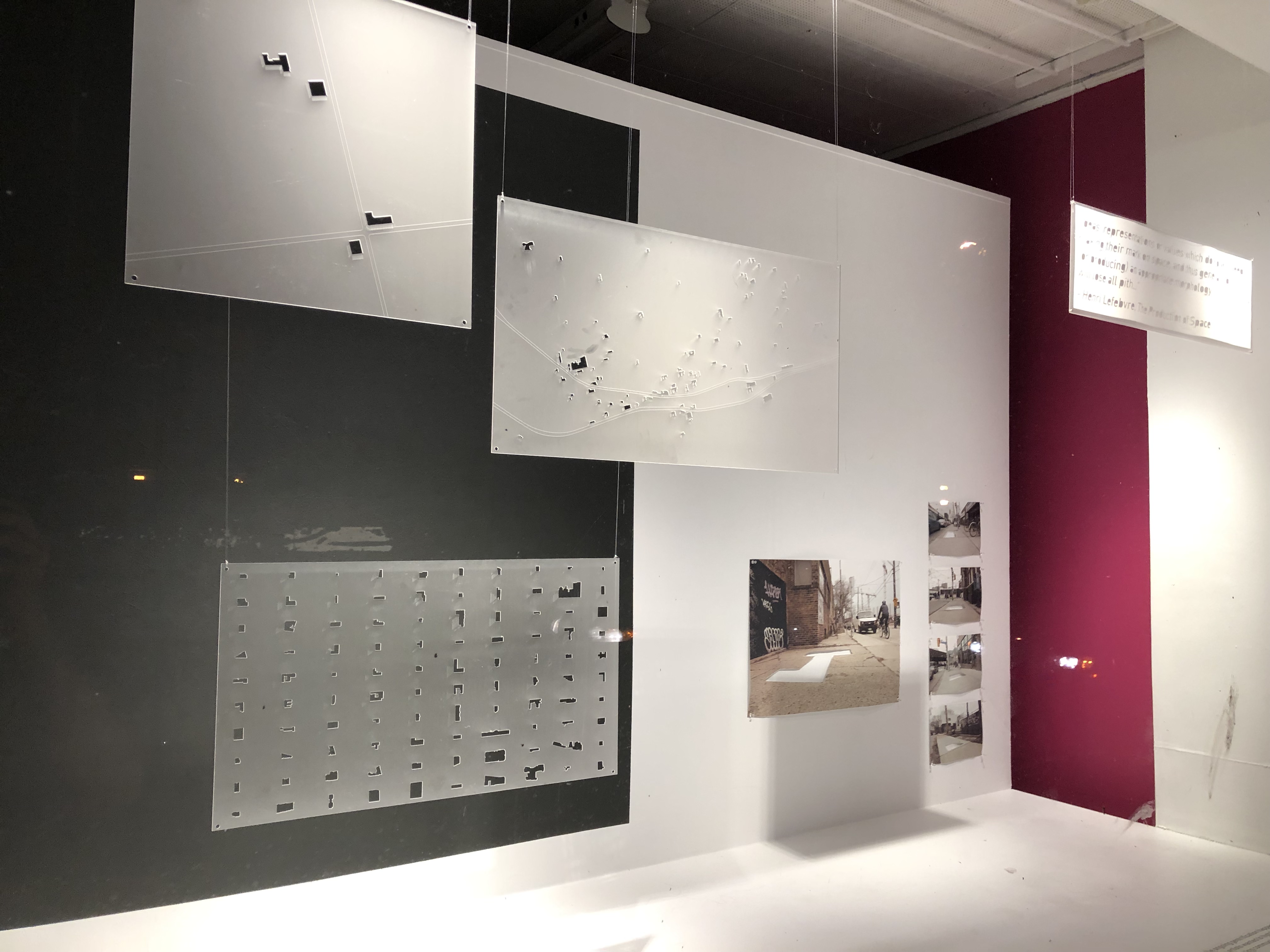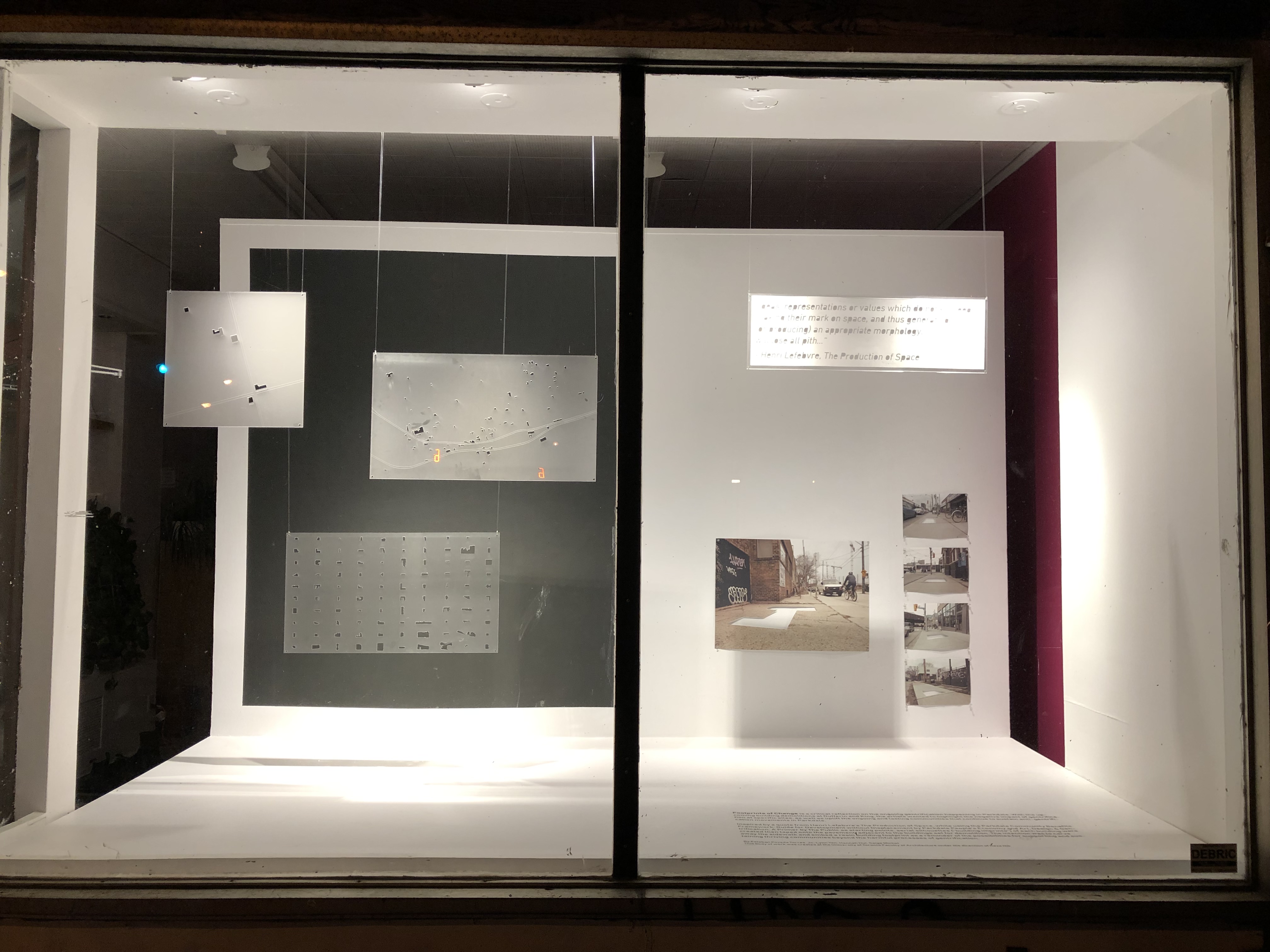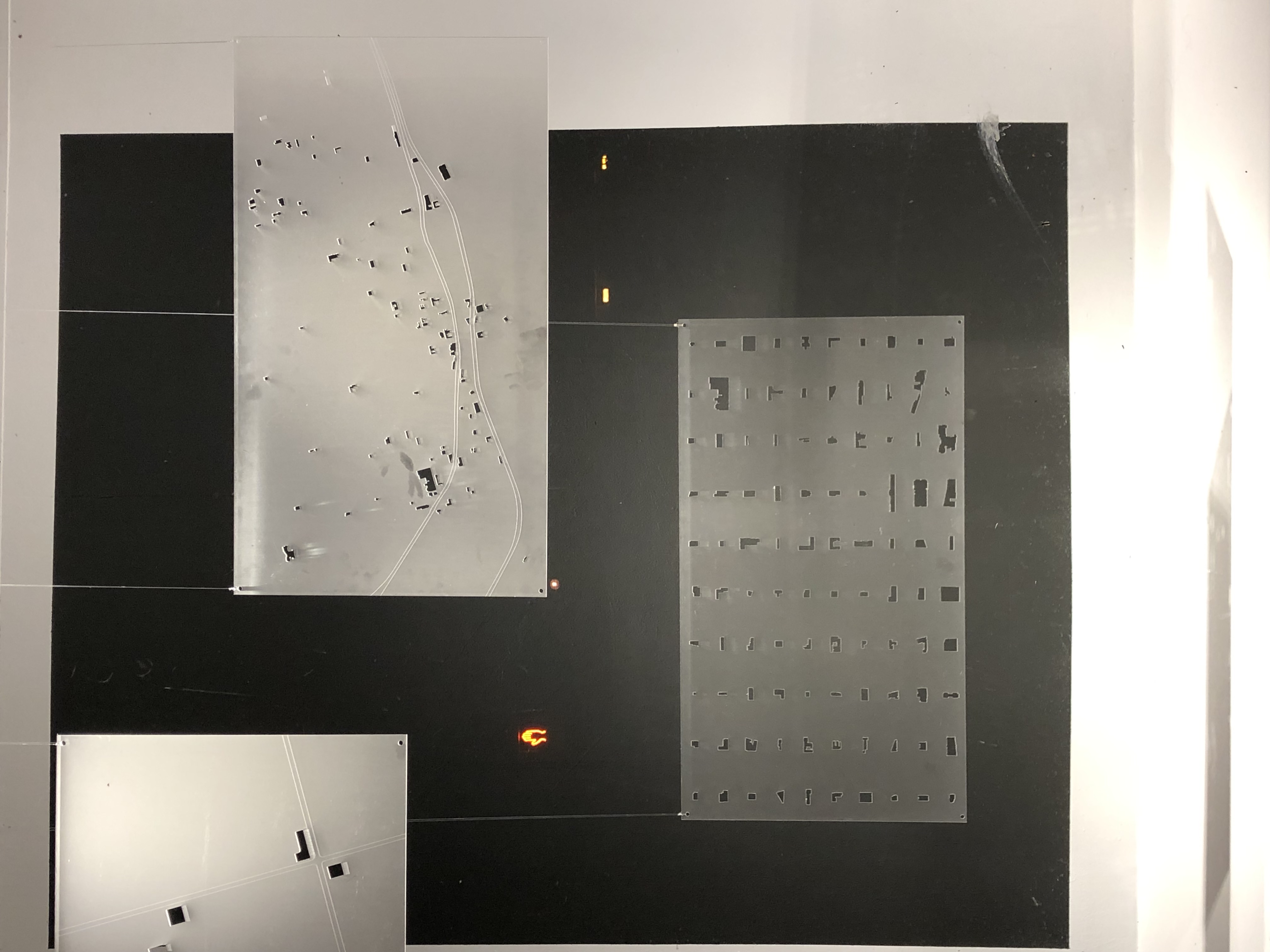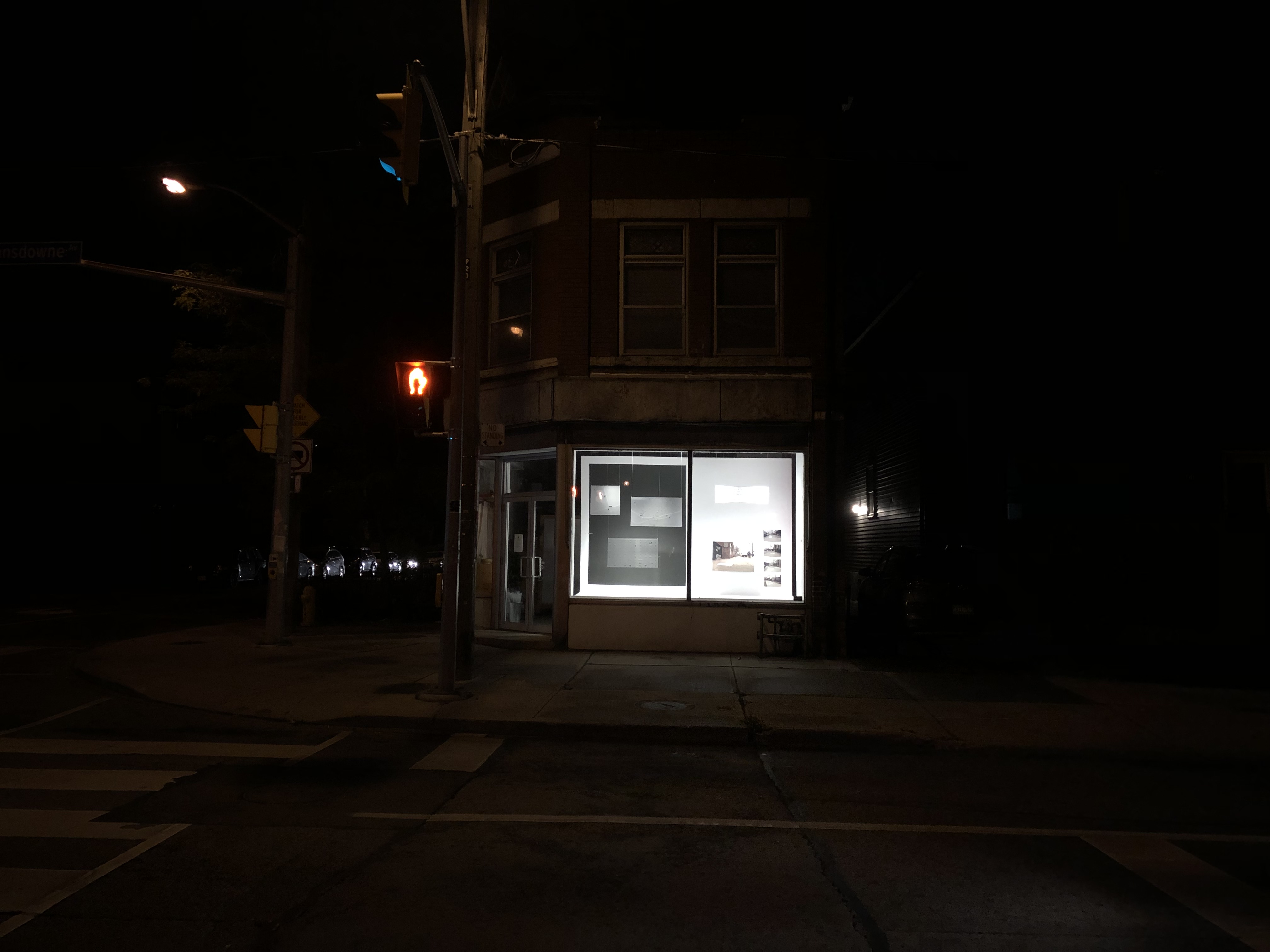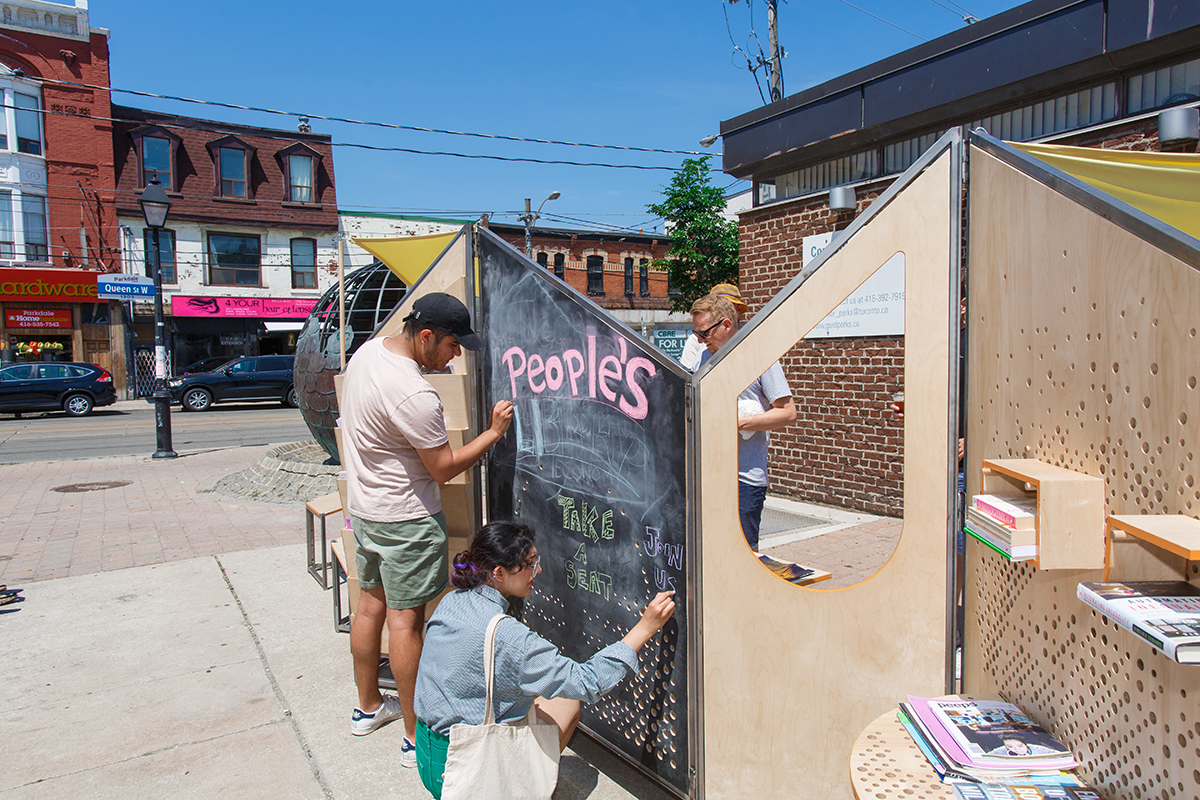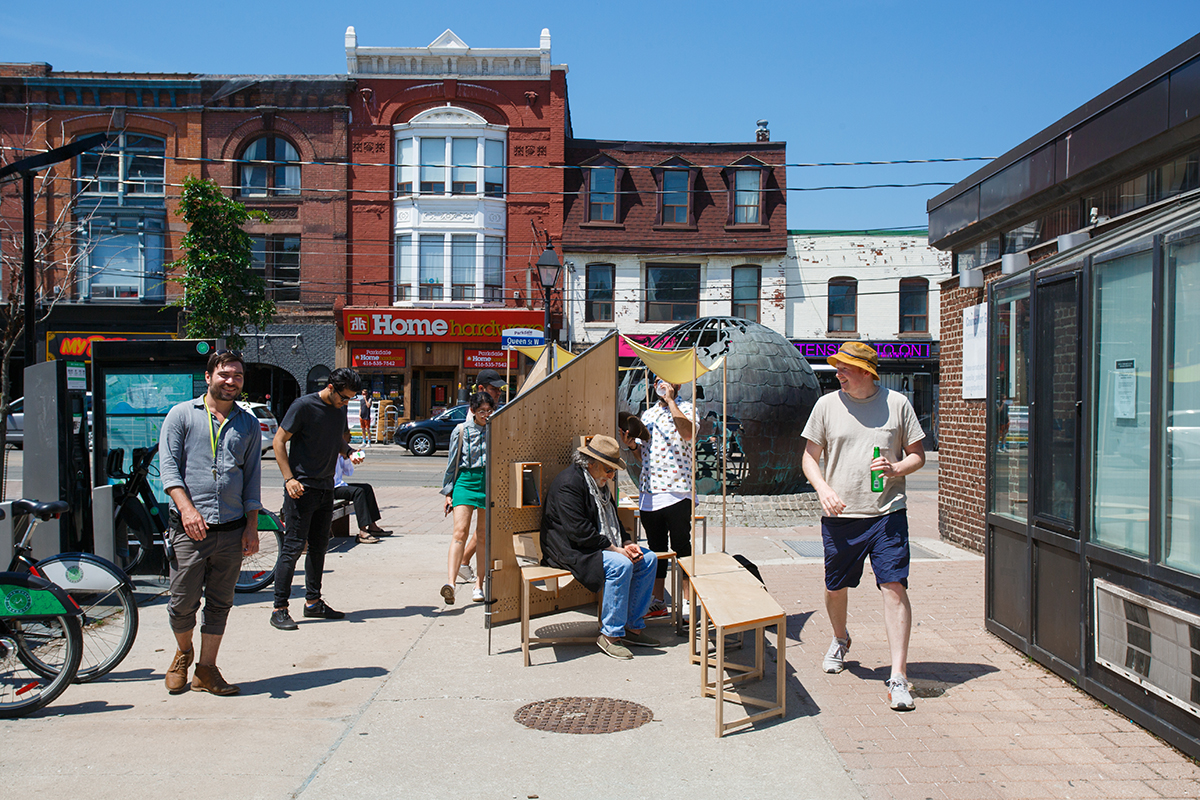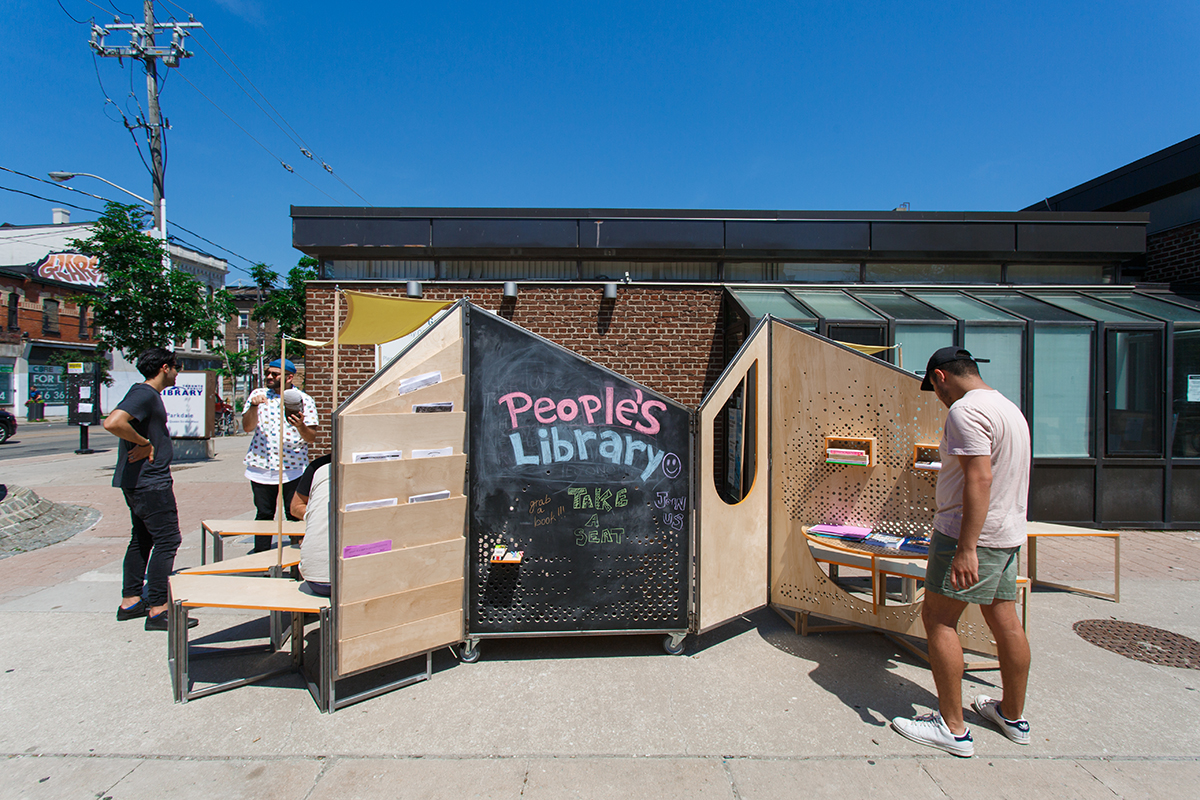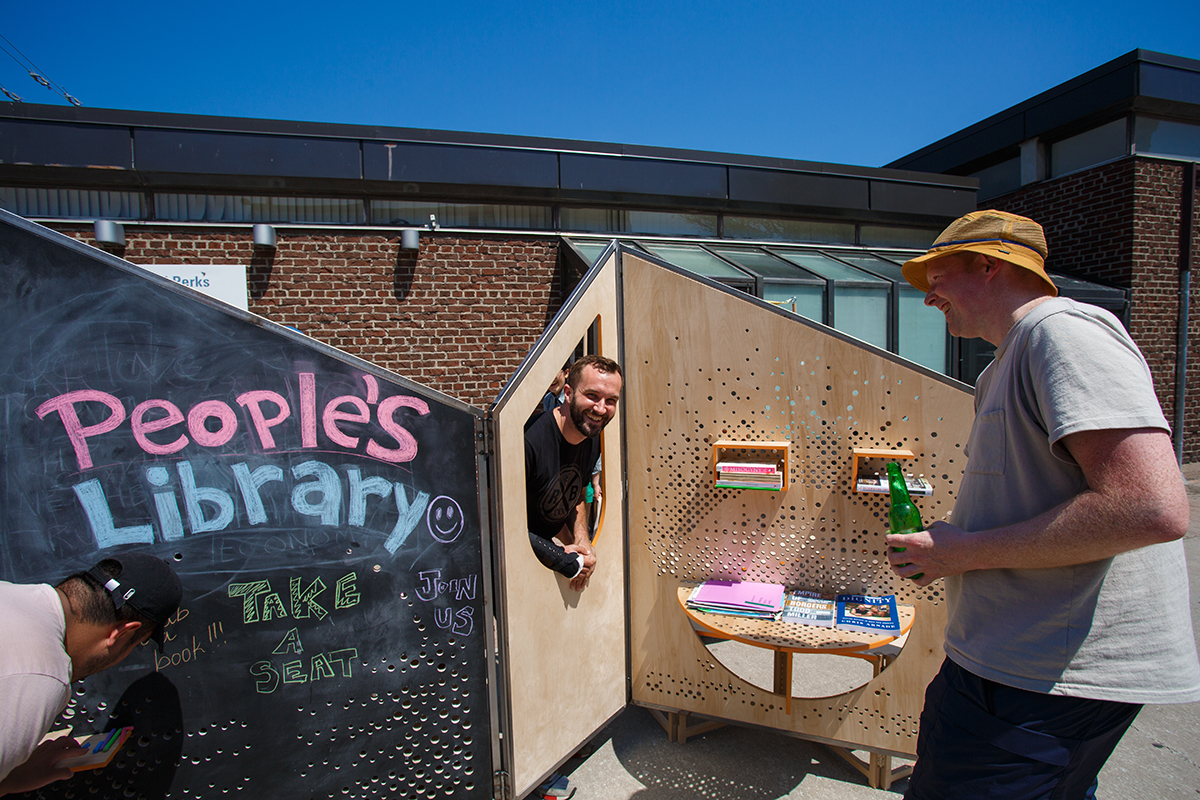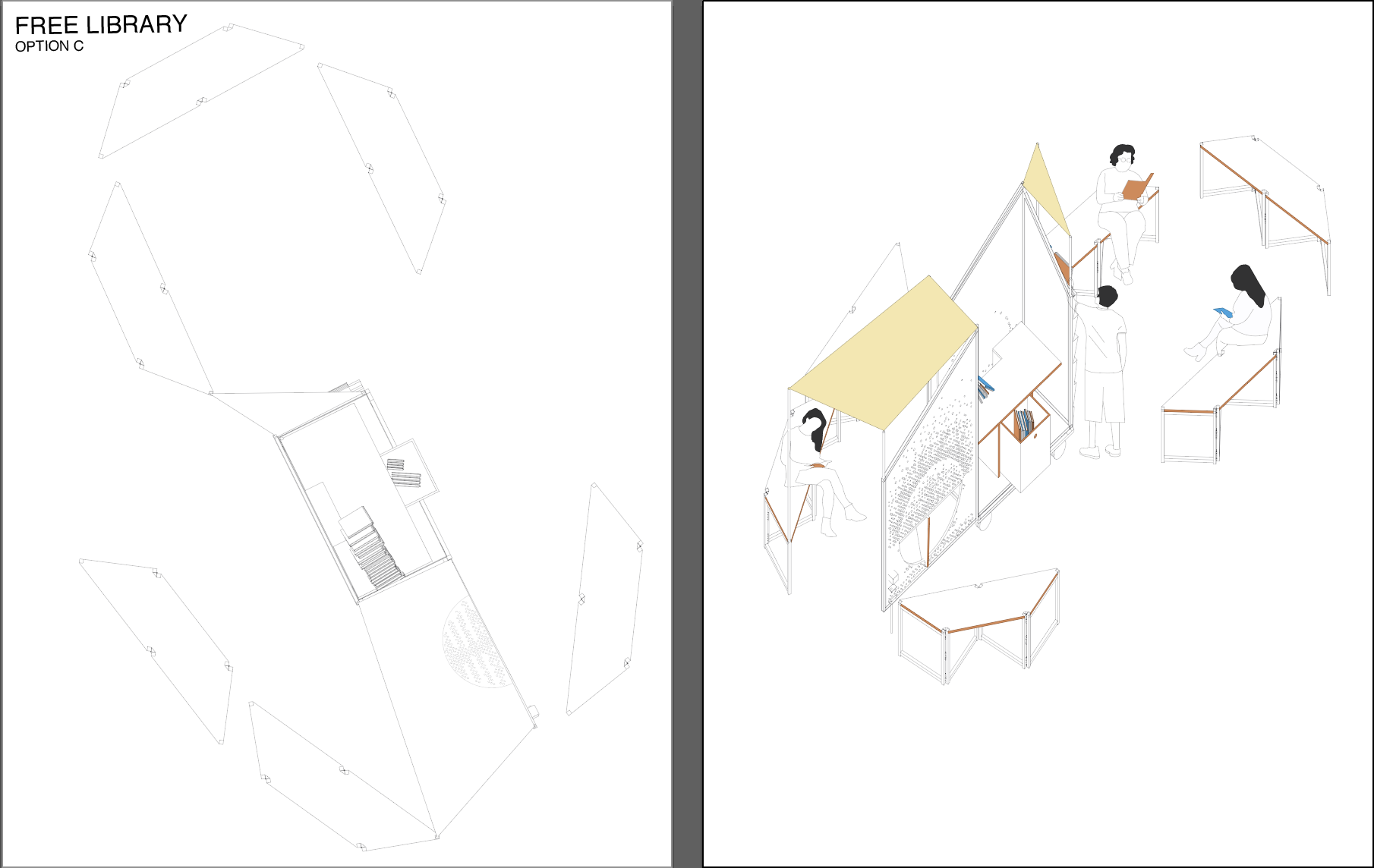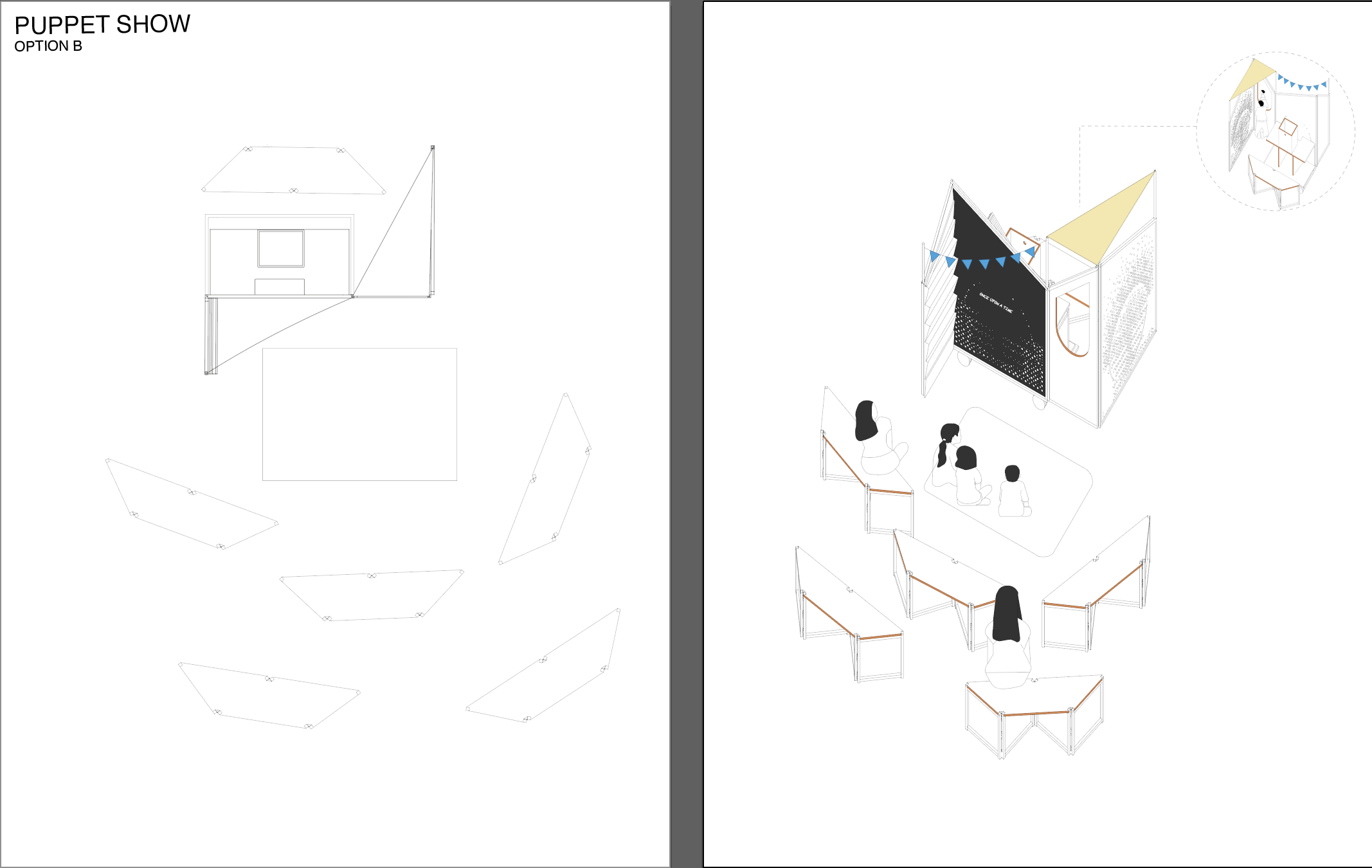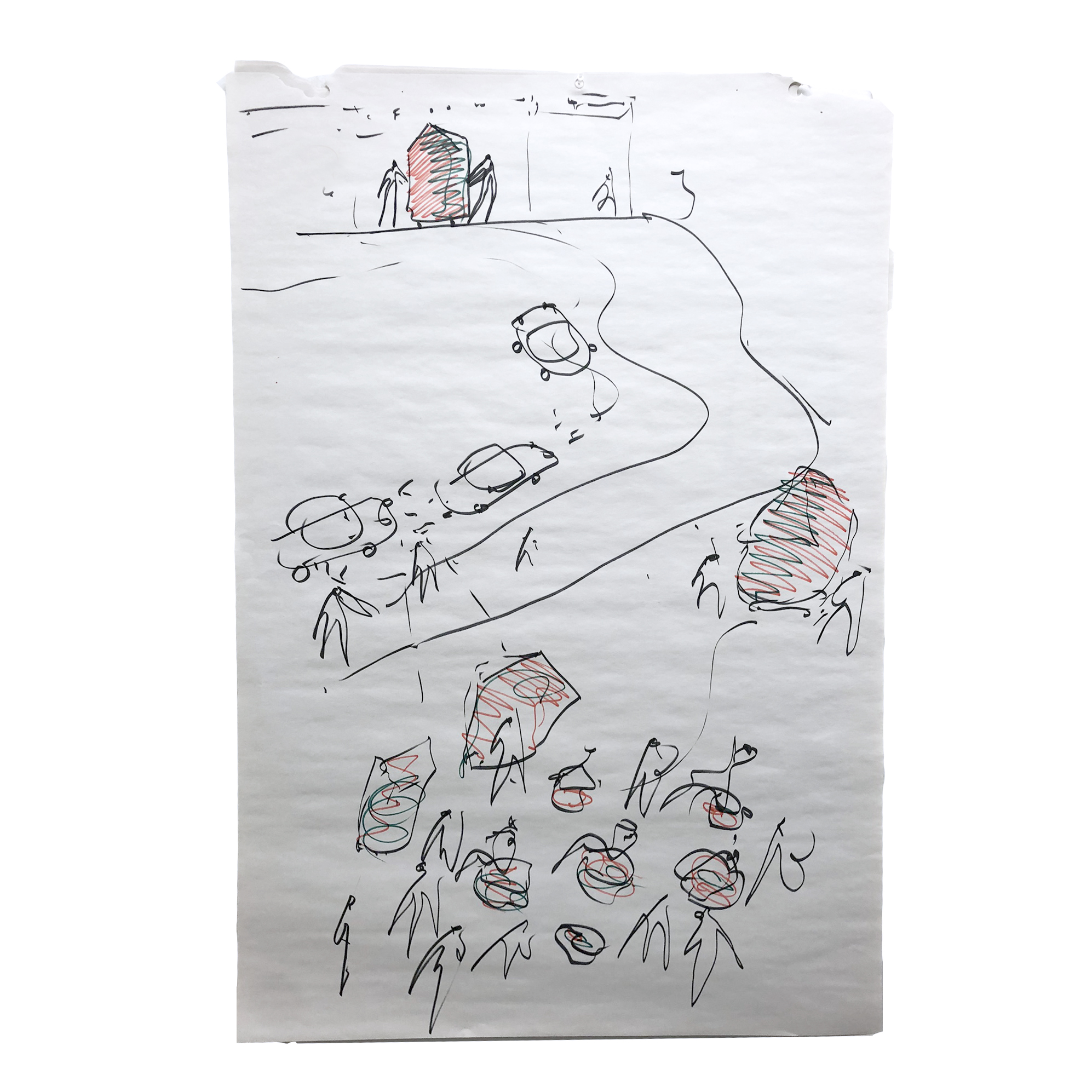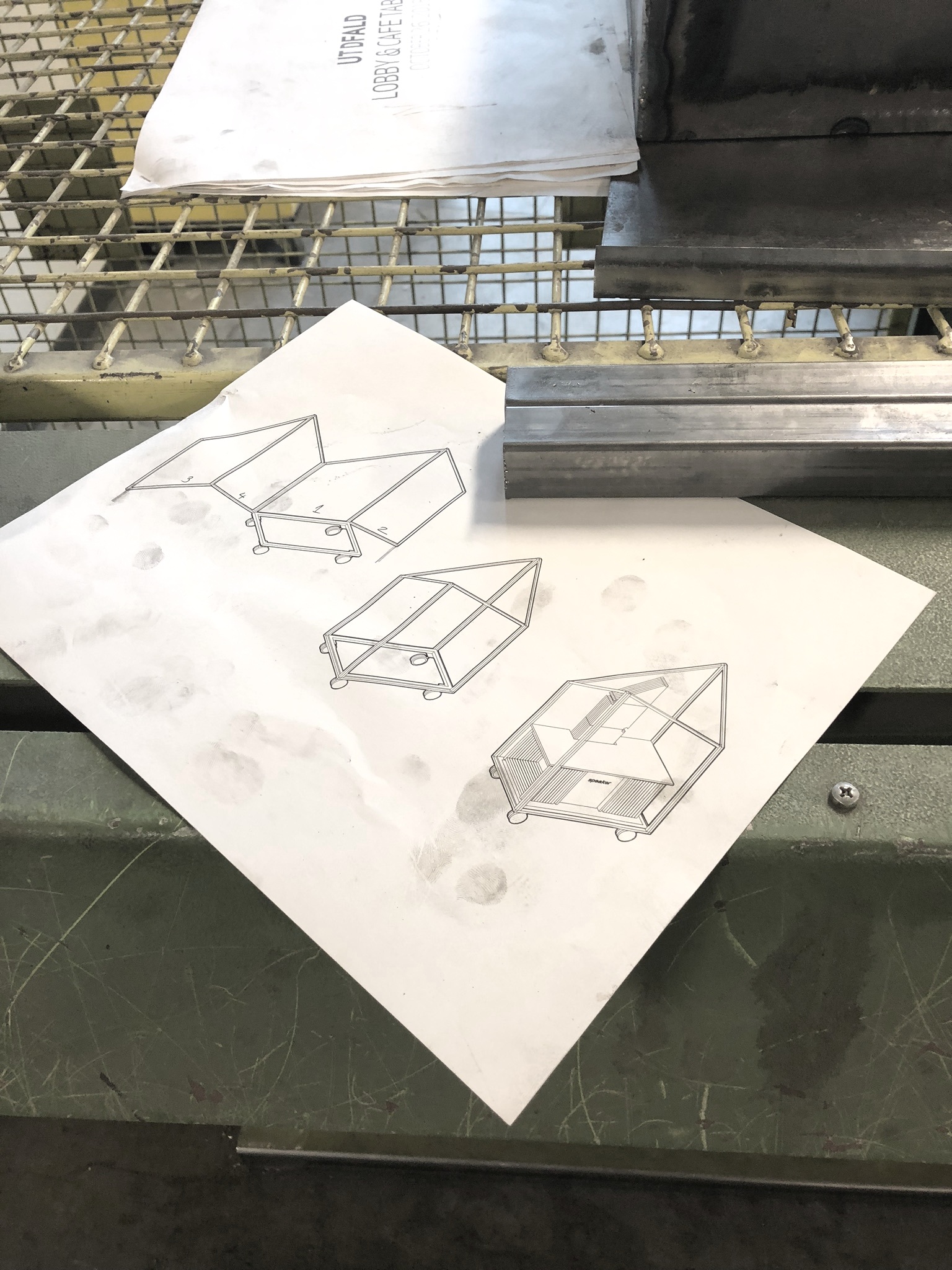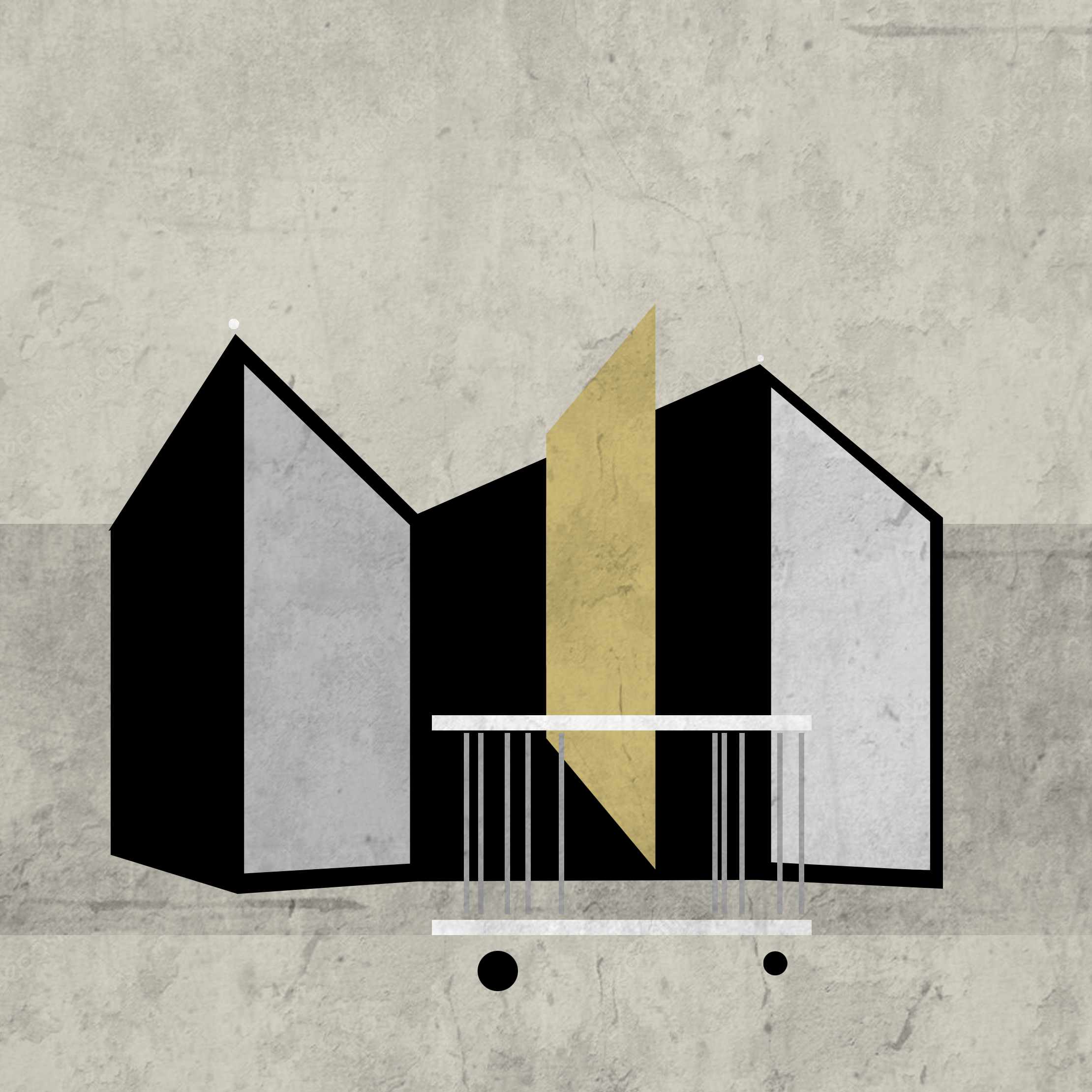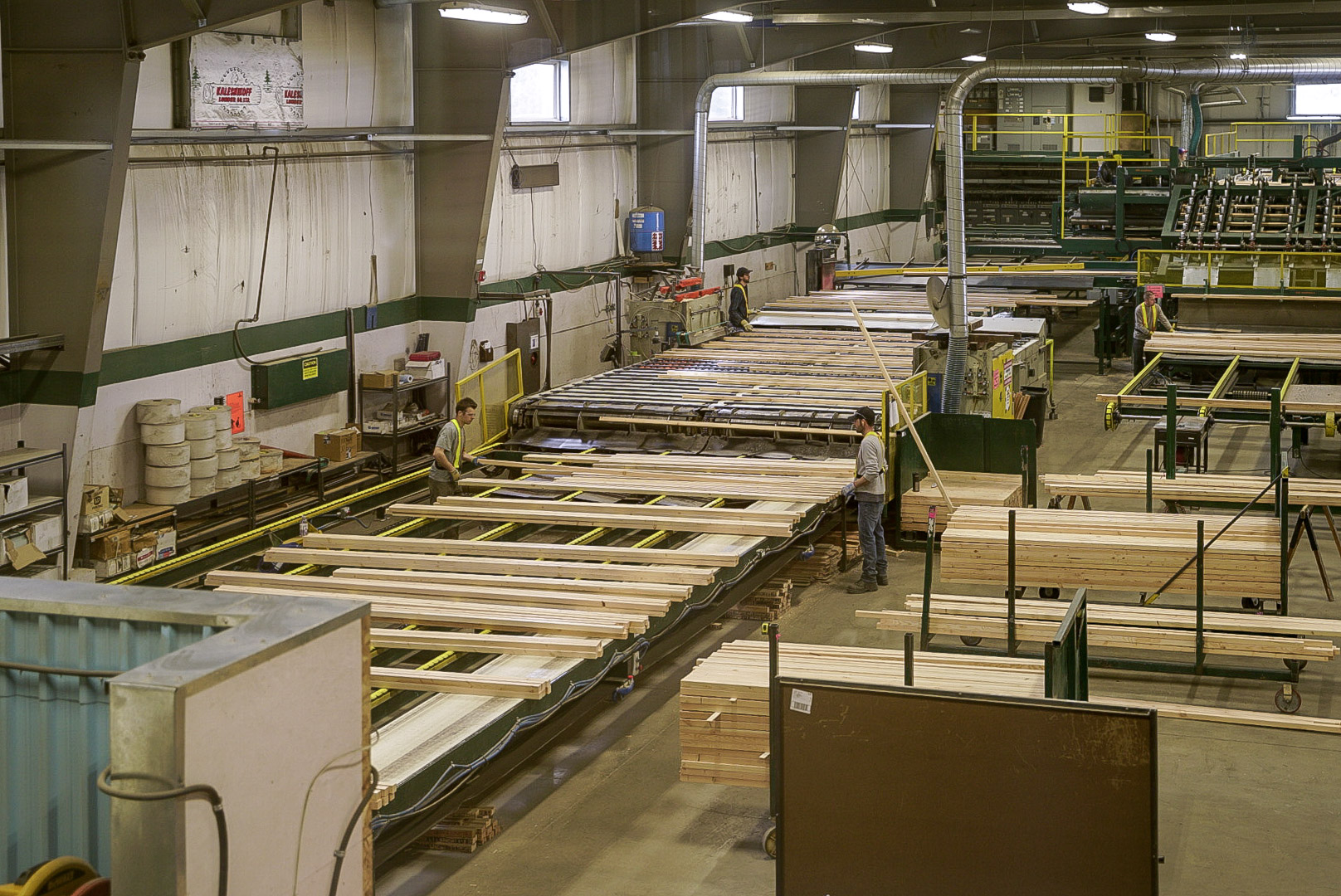
24.09.19 - Improve your forest literacy at free "midday talks" at One Spadina
Architects rely on wood. It's an integral part of almost every construction project, and, with the advent of new mass timber technologies, it's becoming a viable substitute for steel. And yet, architects rarely contemplate the fact that every plank of wood was originally a tree. And every tree, of course, was originally part of a forest.
As part of this year's option studio program, instructors Brigitte Shim and Robert Wright will be leading Daniels Faculty students on a scholarly investigation of a place where the world of forestry intersects with the world of architecture: a mass timber factory.
Students will work with Shim and Wright to design a mass timber production facility based on the requirements of Element 5, a mass timber producer that is actually in the process of constructing a factory in St. Thomas, Ontario.
Aiding Daniels students in this design process will be a series of expert speakers, who will visit One Spadina for "midday talks"—hour-long lectures on topics relevant to forests and wood production. These talks, although intended to supplement the studio's course material, will be open to the public and free to attend.
Here's the schedule:
Tuesday, October 1: Dr. Sean Thomas (Daniels Faculty), "Forests, Architecture, Sustainability," 12:30 p.m. - 1:30 p.m., Room 200
Tuesday, October 15: Jane Hutton (Waterloo Architecture Faculty), “Wood Urbanism," 12:30 p.m. - 1:30 p.m., Room 200
Tuesday, October 22: Dr. Danijela Puric-Mladenovic (Daniels Faculty), "The Southern Ontario Forest," 12:30 p.m. - 1:30 p.m., Room 200
Tuesday, October 29: Craig Applegath (Dialog Design), Robert Wright (Daniels Faculty), “Mass Timber Buildings,” 12:30 p.m. - 1:30 p.m., Room 200
Tuesday, November 12: Dr. Sandy Smith (Daniels Faculty), “Urban Forests,” 12:30 p.m. - 1:30 p.m., Room 200
The "midday talk" series will help students form ideas for the design of a mass timber production facility that is, itself, constructed of mass timber. Architecture and landscape architecture students will work together to conceptualize a building and site plan that meet the requirements of a busy factory while also achieving design excellence.
"Wood is a metaphor for thinking about how we build, how we use our materials, and how we relate natural materials to urban resources," says associate professor Robert Wright. "Canada should be a world leader in mass timber production."
Photograph by Province of British Columbia/Flickr




